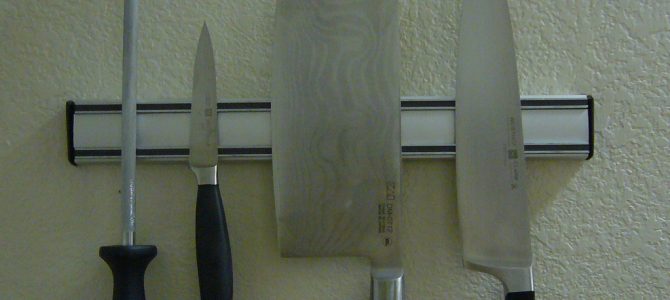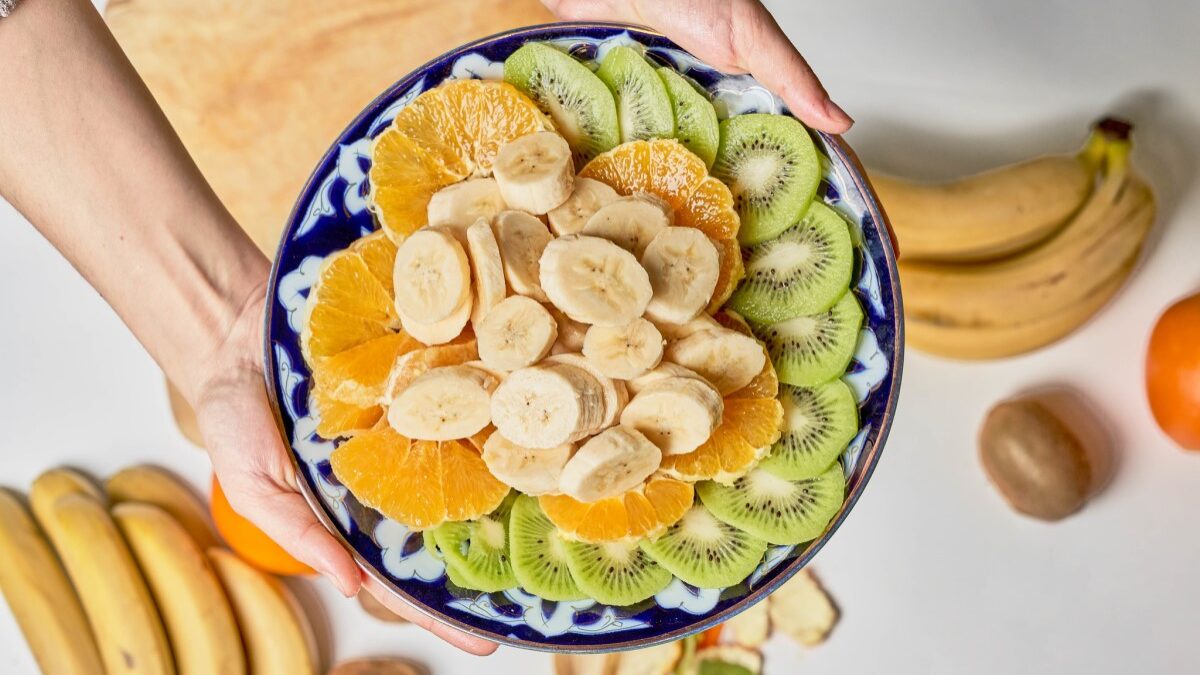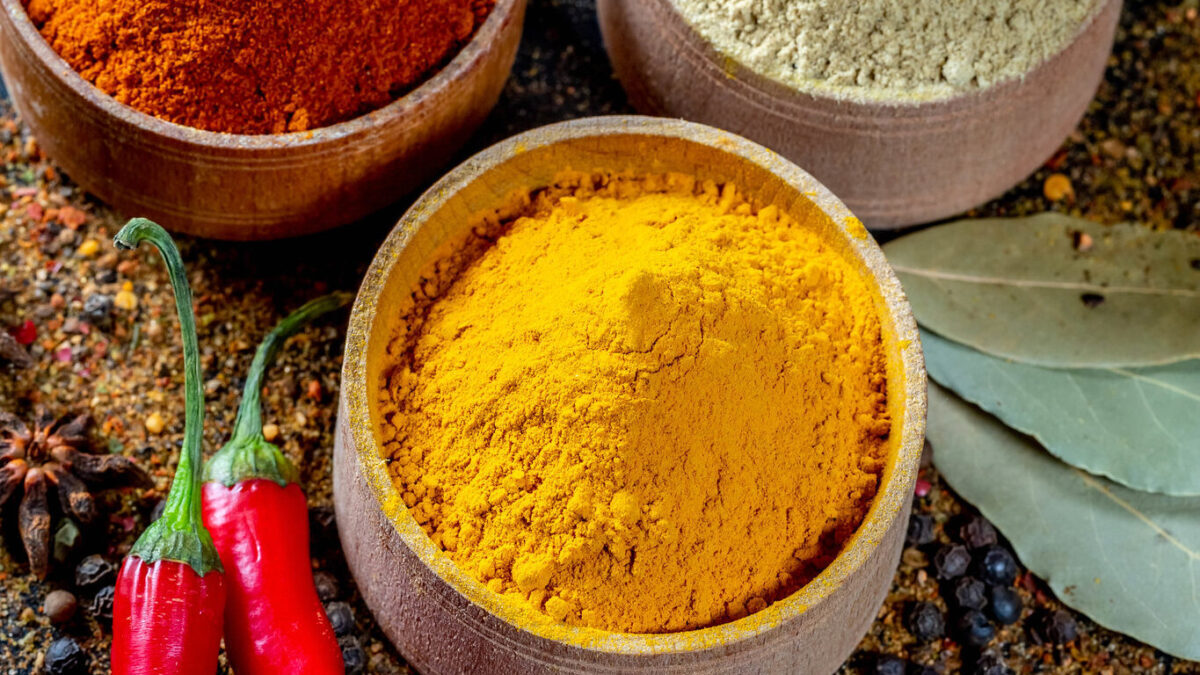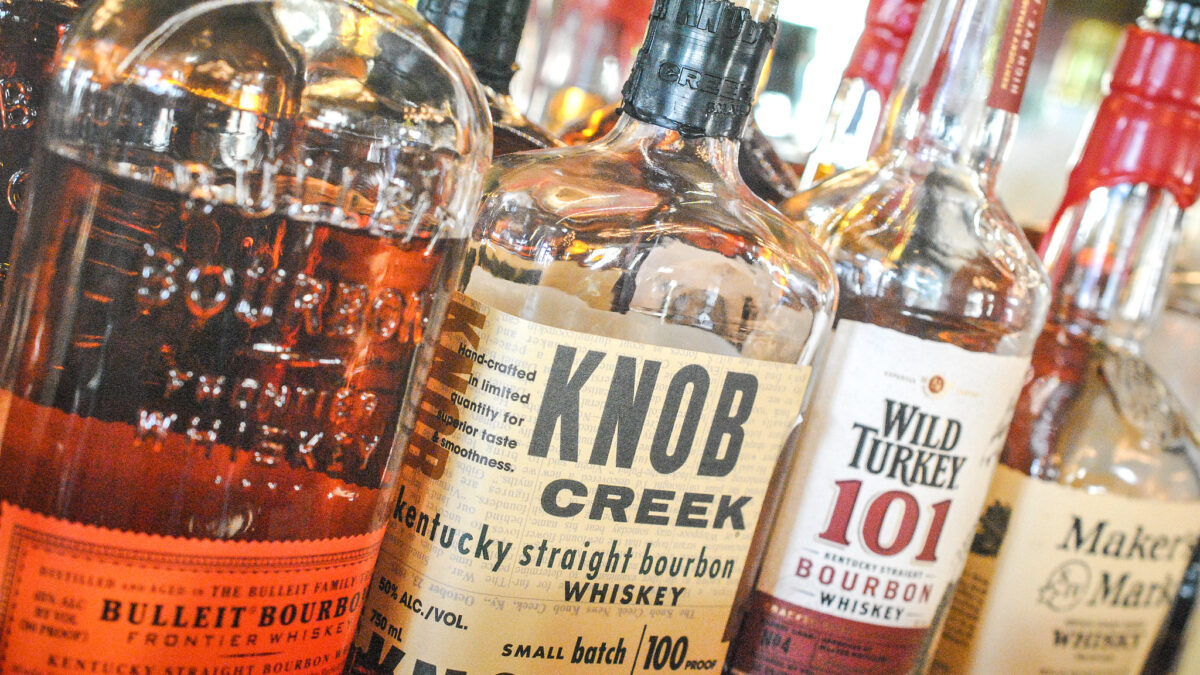
You can walk into any Target or Wal-Mart and be assaulted by rows of juicers, blenders, fryers, homemade soda machines, “smart” scales, pastel-colored stand mixers, and just about anything else you can imagine. But the most useful tool in a kitchen is nothing fancy, electric, or “smart,” it’s something simple, elegant, and versatile: a knife.
Whether you’re a celebrity chef or just a normal everyday American who likes to cook, the most important tool you can have is a good knife. I’m not talking about a knife to spread peanut butter or serve cheese, but a good chef’s knife you can use to cut just about anything you need.
Knives come in all shapes, sizes, and materials these days. You can get stainless steel blades for cheap, forged steel from a master craftsman, or amazingly even ceramic knives. Don’t fall into a marketing trap, though. A reliable, versatile knife is easy to find. You don’t need to spend hundreds of dollars to get a custom-made, rare-wood handle knife from a special-order retailer. You can get a great knife for a reasonable price at just about every mall or large shopping center in America.
German vs. Japanese
There are two common schools for knife creation: Germany and Japan. People write entire books on the differences between the styles of knife making, and the intricate ins-and-outs of each style can be complicated, but for the average cook it boils down to two things: steel type and weight.
When you think of Germans you think of big, hearty folk. These are a people who dress warm in the winter Alps, drink beer, and are known for their heavy metal tanks. German knives are much like their creators: heavy, durable, and a little soft. German knives tend to use a softer steel, with a larger cutting angle, and a heavier weight. Some of the most common German-made knives available in the United States are made by Wusthof and Henckel. They come individually or in woodblock sets featuring a series of knives and often nice kitchen scissors.
If you pick up one of these common German knives you’ll notice the heft of the blade and handle. They generally have thick bevels between the handle and the blade which almost make it look like the finished blade was squeezed out of a much thicker one. That bevel is one of the reasons I don’t prefer German knives. If you always keep your knife extra sharp (which you should), eventually that bevel is going to get in your way of your sharpening.
German blades are generally made of a more durable steel than their Japanese counterparts. They are thicker, have a wider cutting angle, and stand up really well to the rough and tumble American kitchen. This also makes it easier for you to push through a thick bone joint with a German knife because you have some serious weight behind your blade.
Japanese blades can be thought of as miniature Samurai swords, the descendants of mighty blades used to slice through your enemies. In this case, your enemy is that filet of beef on your cutting board, and your blade is a thinner, lighter, harder knife than you would find in Germany. Japanese knives generally have a higher carbon content in their steel. This allows them have a thinner blade that stays sharper longer, but also means Japanese knives are not as durable. They can rust more easily and need a little more care than the average Henckel. Some Japanese blades are single bevels instead of the typical double-bevel knife you’ll see, but you can easily avoid them and as a layman cook, you probably should.
Now for a Recomendation
The reason I like Japanese knives is the hard, sharp, lighter blades give you a more maneuverable knife. In general German knives are cheaper than Japanese knives, and more readily available at Target. For a good Japanese knife you may have to head over to places like Williams-Sonoma or Sur La Table, which you can find in just about every city.
My everyday knife of choice is this 8” Shun Classic Chef’s Knife. It’s a blade that’s great for slicing and chopping, stays super-sharp, and has a handle that is easy to grip and not too bulky. Should someone break into your house while you’re chopping up carrots for a soup in your kitchen, this knife is enough to cut off a finger of the would-be assailant and have him running for the hills.
Go to a store where they will let you try out knives — Williams-Sonoma will often have some to sample. Get a feel for if you like the heft of a German knife or the precision of a Japanese blade. Investing in a good chef’s knife (eight or ten inches is a good size to start) will give you a versatile tool that, when cared for, can last a lifetime.
Oh, and remember: a dull knife is more dangerous than a sharp one. Always keep your knives sharp with an easy to purchase home sharpener, or the occasional services of a local tradesman. Now go grab a good blade, and get chopping!









